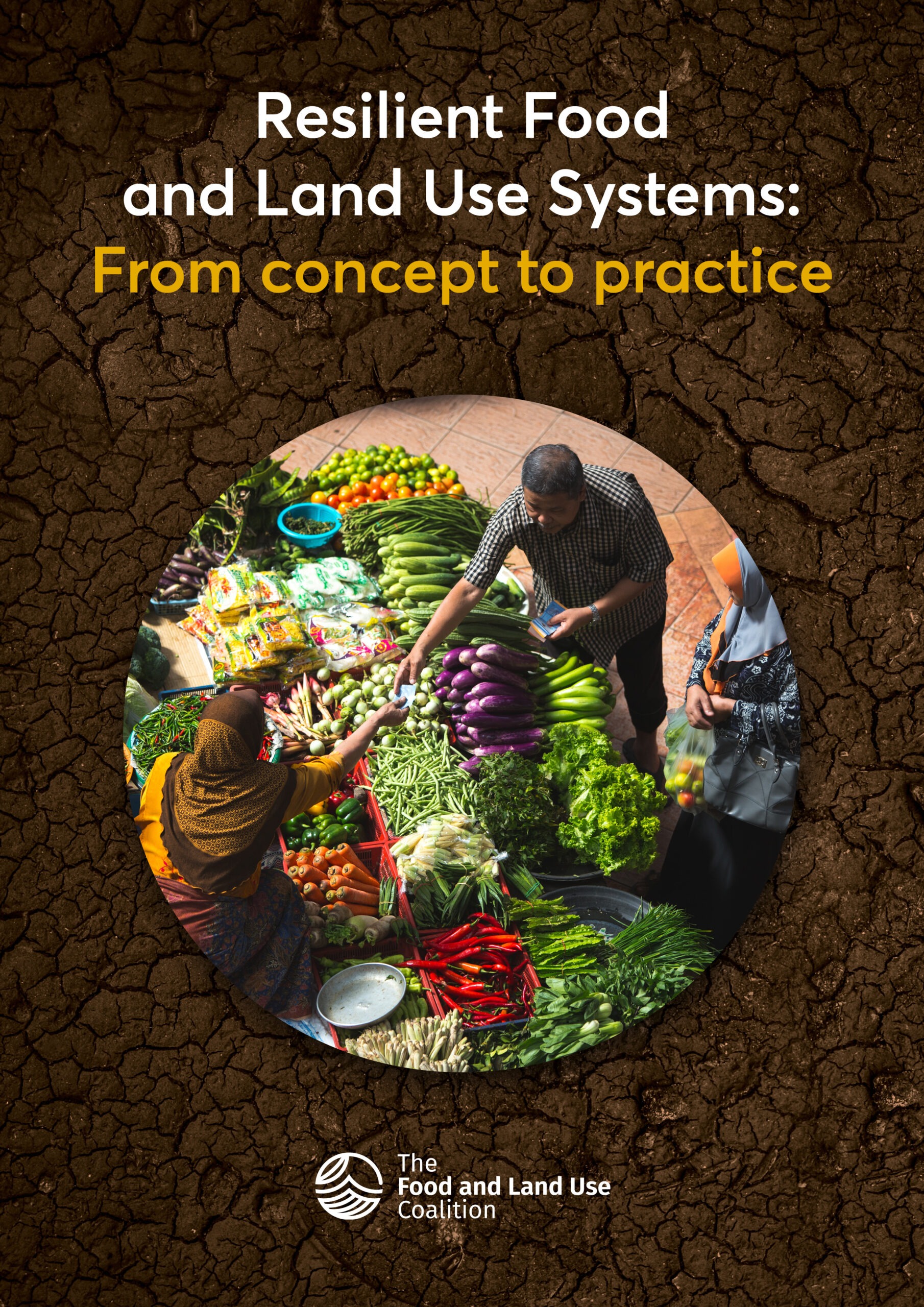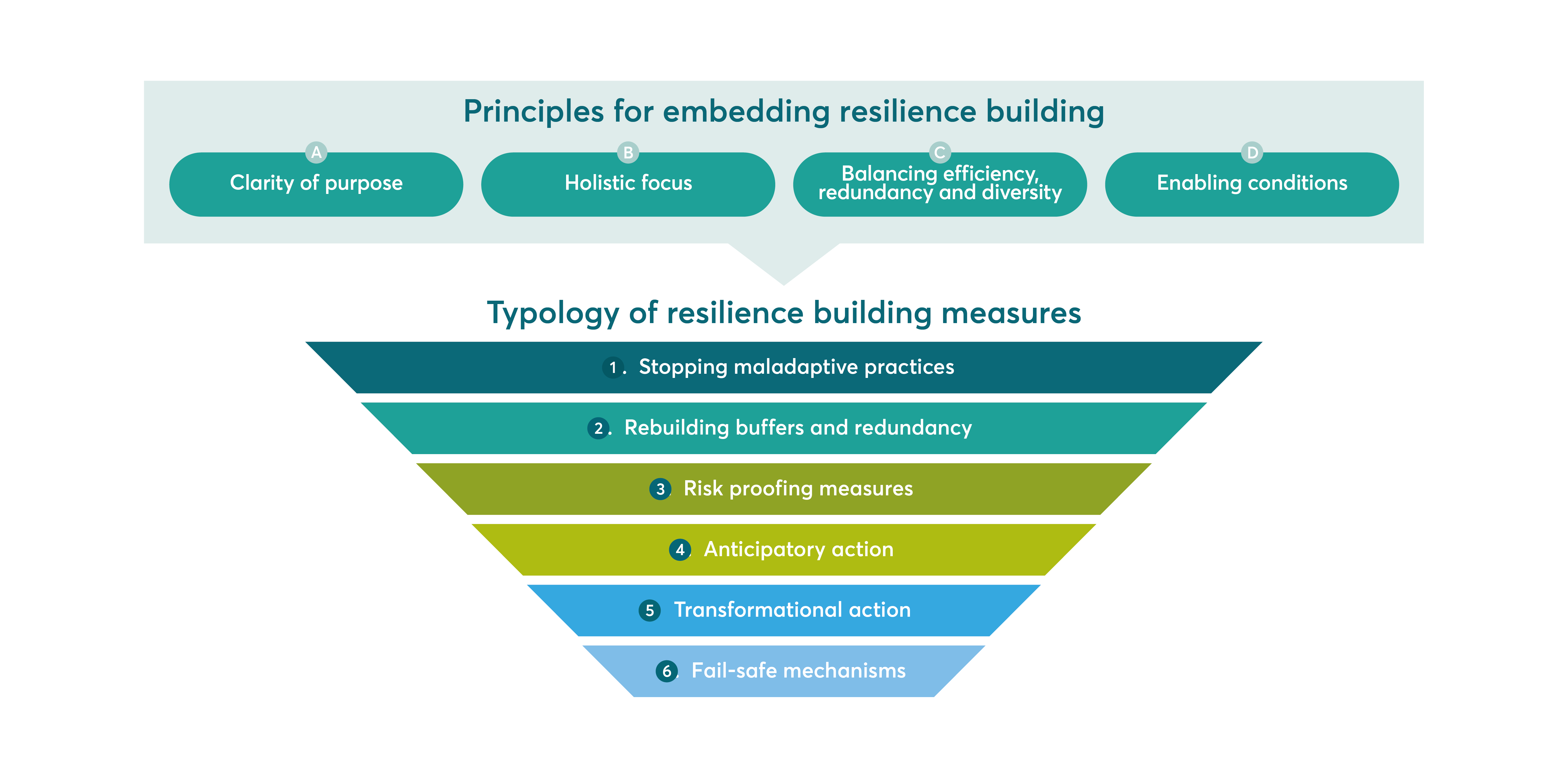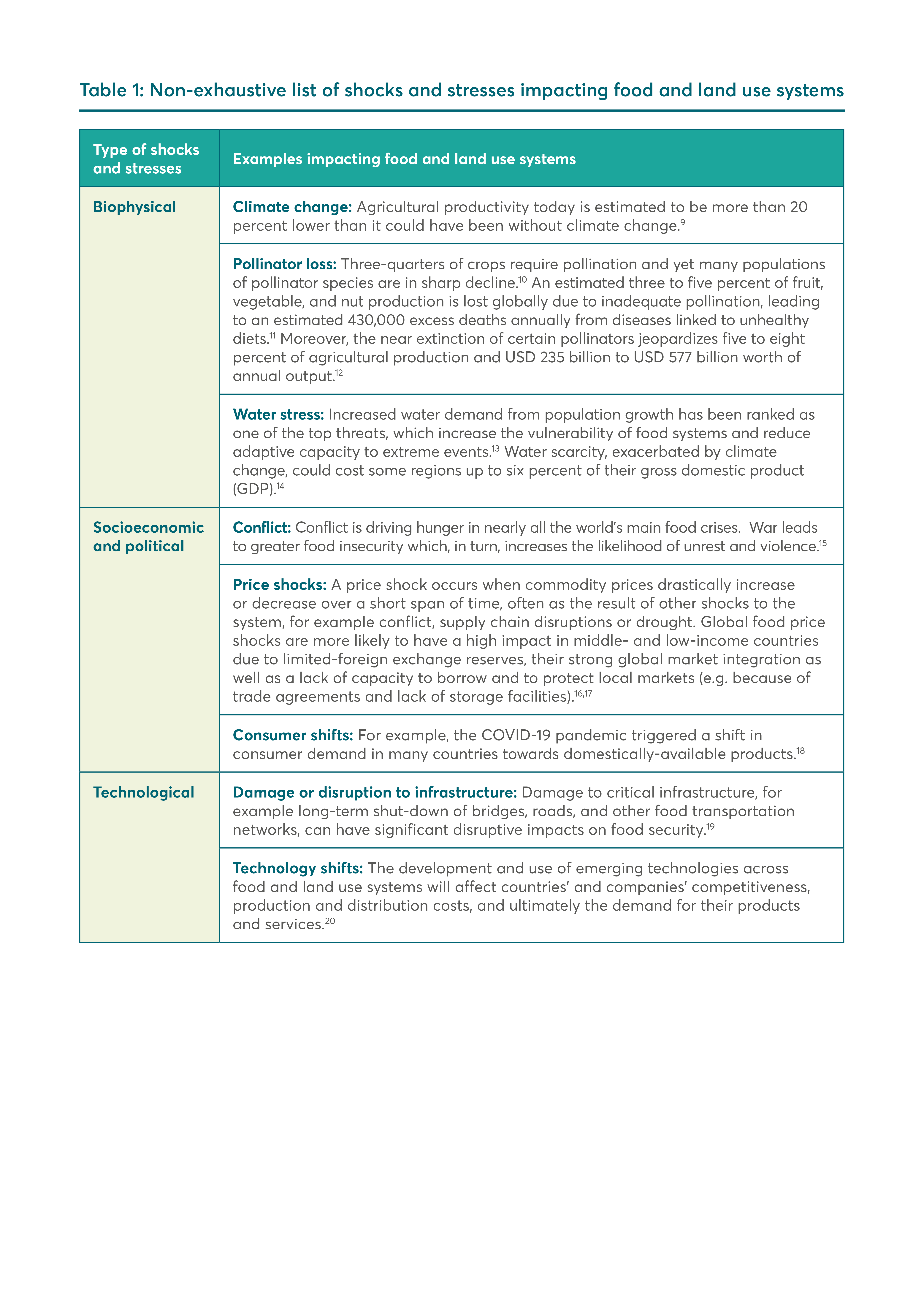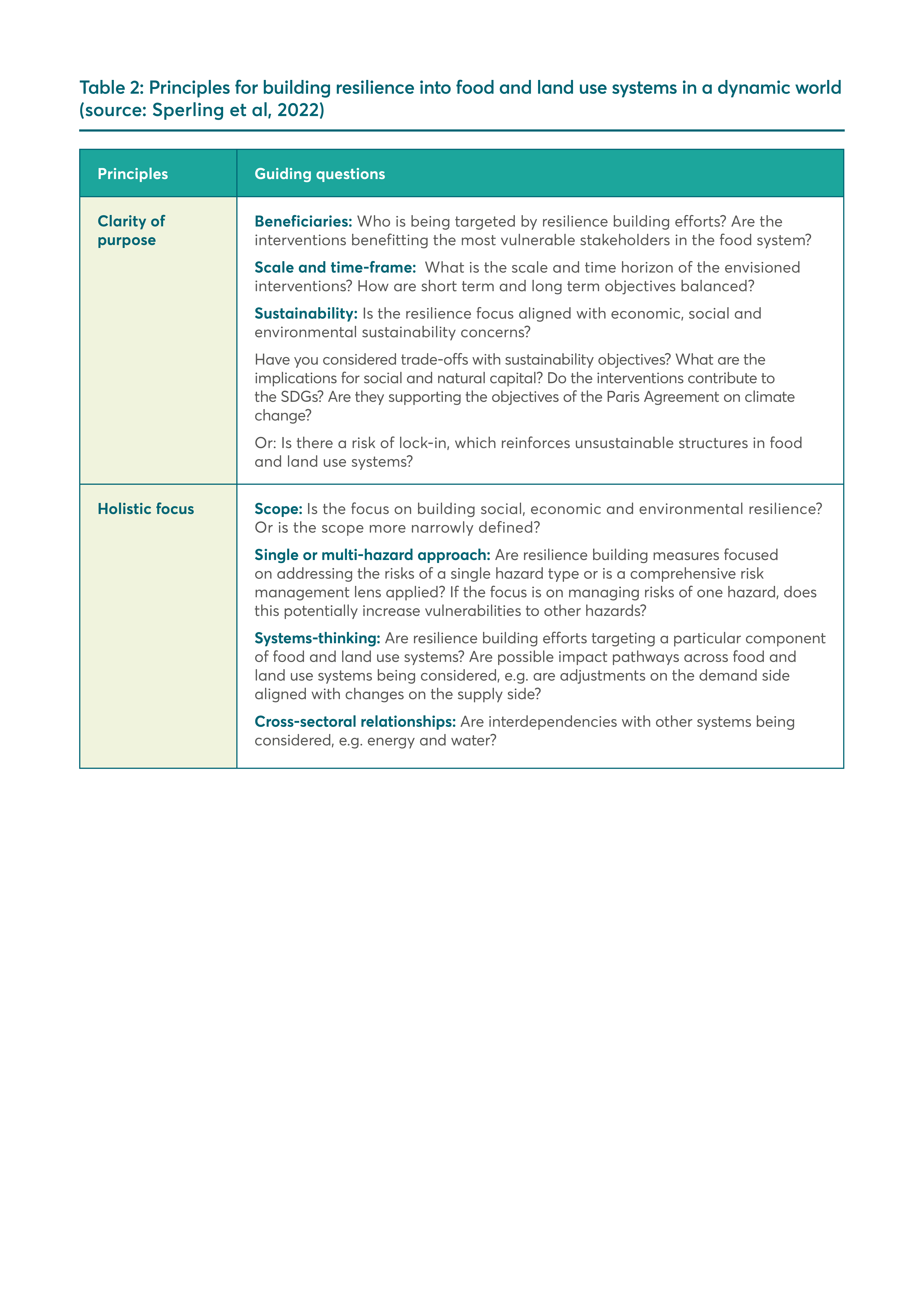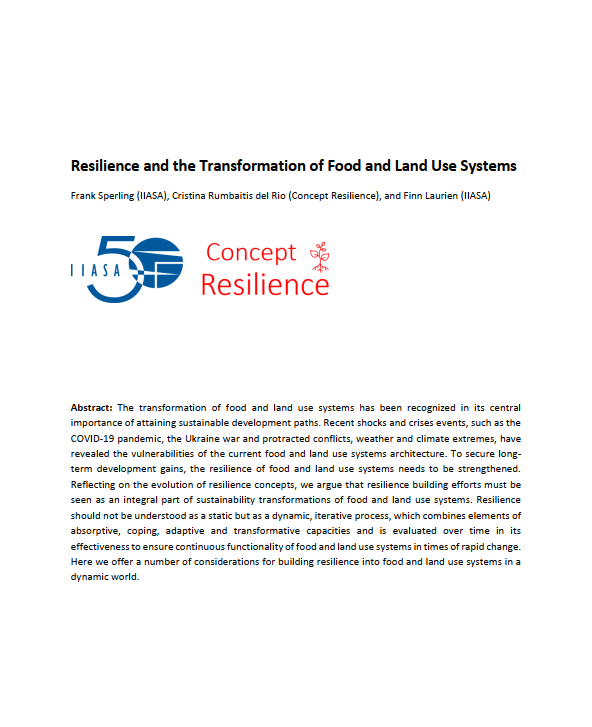Resilient Food and Land Use Systems: From concept to practice
15 02 23
Food and land use systems have been largely successful in providing affordable food for a rapidly growing population over the last century. However, the world has witnessed a rapid reversal of these trends in recent years, with an alarming growth in the number of people facing food insecurity, driven by factors including climate change, COVID-19 and conflict.
In light of this reversal, this brief presents a typology for categorizing and developing measures to build resilience into the sustainable transformation of food and land use systems. Its ambition is not to be prescriptive about which measures need to be taken within a specific food and land use system or location, but to posit a framework for action that can be adapted to different contexts through consultation and involvement of farmers and communities.
In light of this reversal, this brief presents a typology for categorizing and developing measures to build resilience into the sustainable transformation of food and land use systems. Its ambition is not to be prescriptive about which measures need to be taken within a specific food and land use system or location, but to posit a framework for action that can be adapted to different contexts through consultation and involvement of farmers and communities.
media contacts
Sophie Mongalvy
sophie.mongalvy@wri.org
WRI
Klara Nilsson
klara.nilsson@wri.org
WRI
